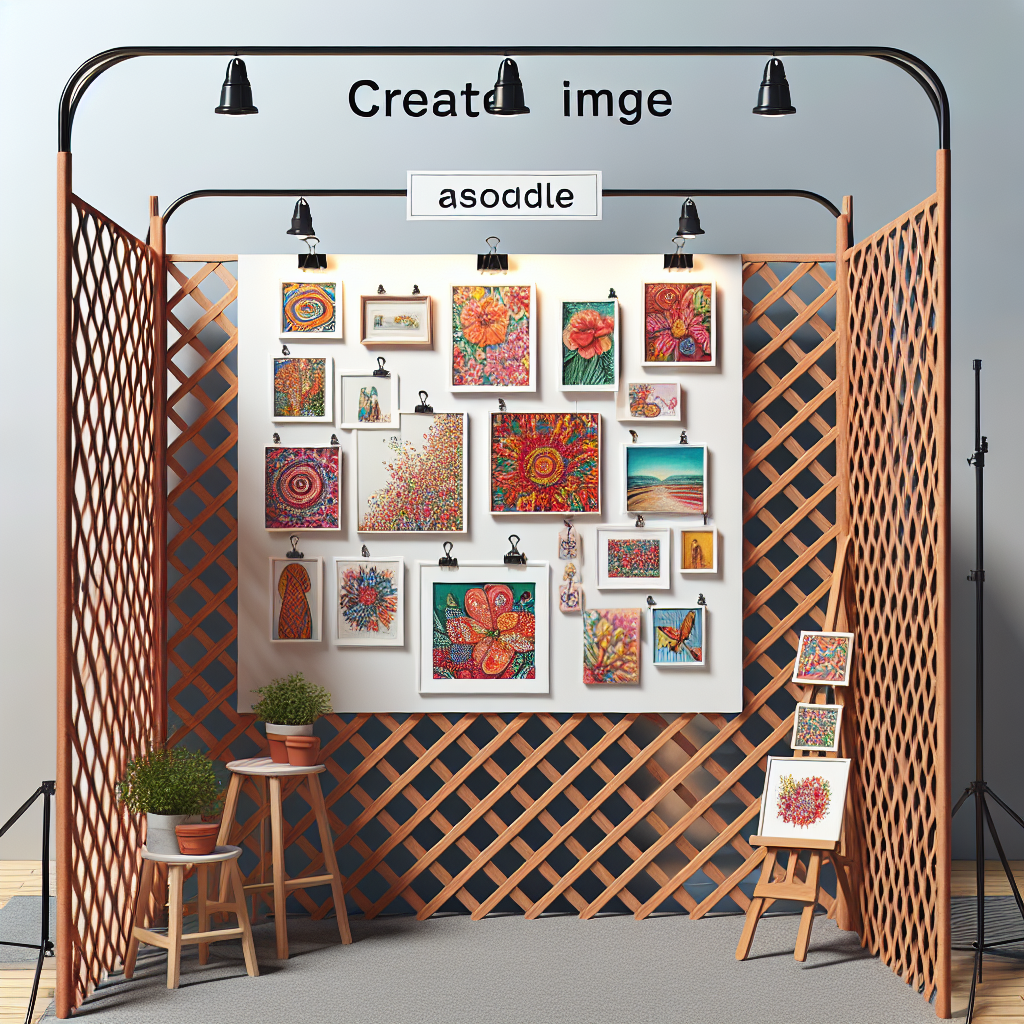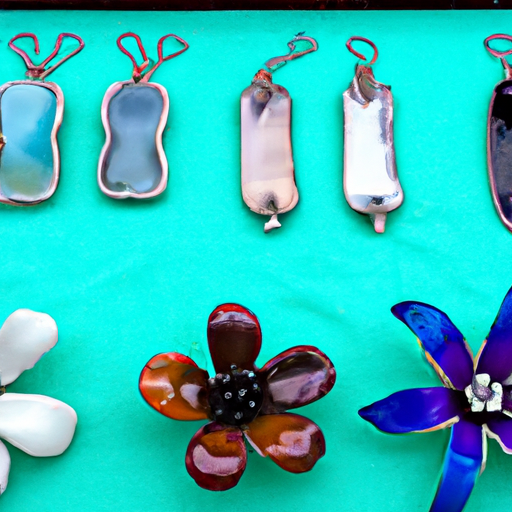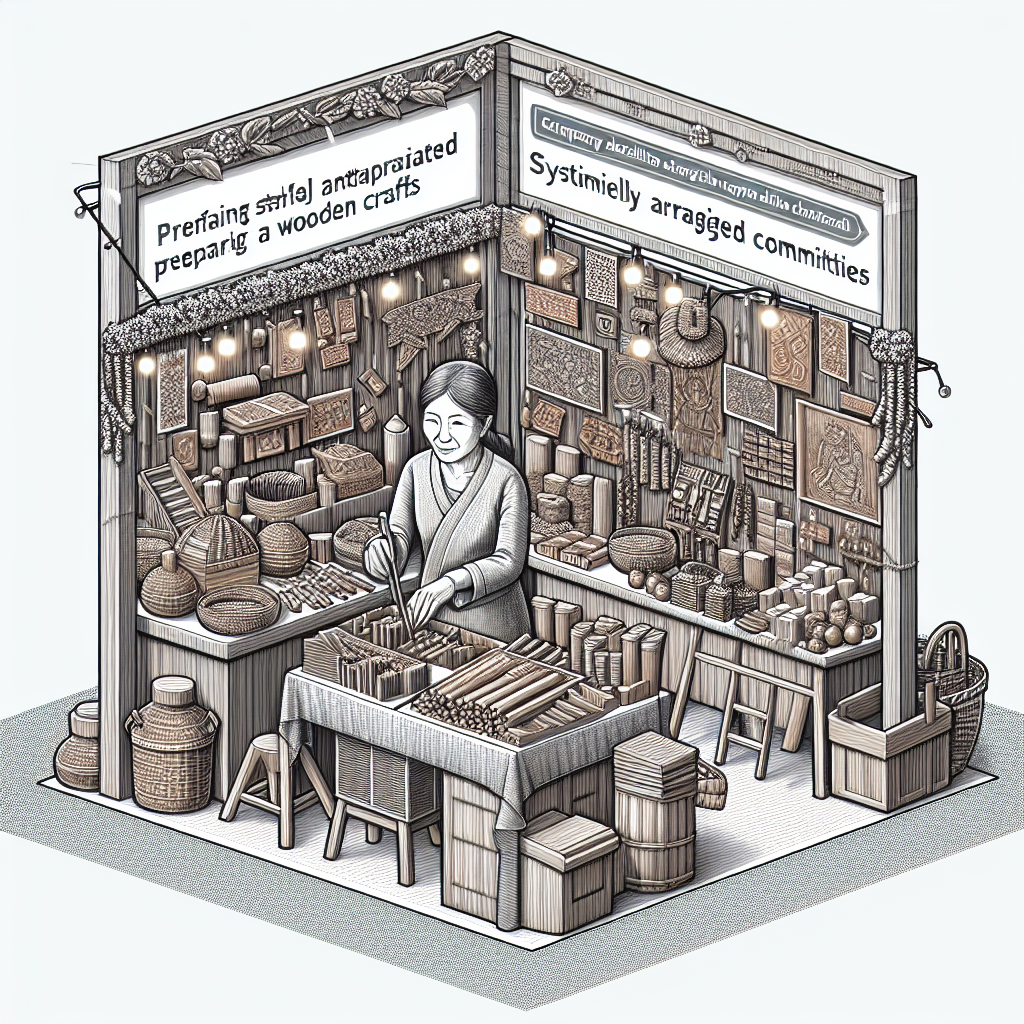Future Conventions: Aspirations of a Craft Fair Seller is a video that takes you through the process of preparing for a craft fair and setting up a booth or table. The creator, a Portuguese illustrator named aPenas Illustrator, shares tips based on their own experience as a small business seller at art markets. While selling in person can be nerve-wracking, the video highlights the many positives it offers. The creator also expresses their hope to participate in conventions in the future. The video covers various sections, including packing for craft fairs, important items to take, making socks, market experiences, ideas for future markets, and the process of preparing orders. Throughout the video, the creator shares their journey, product inventory, and contact information for further engagement.
Future Conventions: Aspirations of a Craft Fair Seller
Introduction
As a small business owner, selling your products in person at craft fairs can be both nerve-wracking and rewarding. In this article, we will explore the process of preparing for craft fairs, packing products, setting up the booth, displaying your products, managing inventory, and reflect on the challenges faced. We will also discuss improvements for future markets and the impact of weather on your sales. By following these tips and strategies, you can ensure a successful craft fair experience and continue to grow your business.
Preparing for Craft Fairs
Craft fairs offer a unique opportunity to connect with potential customers and showcase your products in person. The benefits of selling in person include the ability to engage with customers directly, receive real-time feedback, and build personal connections. Before the event, it is essential to do some research and gain insights from experienced sellers in art markets. They can provide valuable advice on booth setups, marketing materials, and attracting customers.
Taking essential items is crucial to ensure a smooth and successful craft fair experience. Some necessary items to pack include business cards, product information, pricing signage, packaging materials, payment processing devices, and basic tools for any last-minute adjustments. Time management and organization are vital to ensure that you have everything you need and are prepared to handle any unforeseen circumstances.
Cost considerations should also be taken into account when preparing for craft fairs. Calculate the expenses, including booth rental fees, transportation costs, packaging materials, and advertising expenses. This will help you set realistic pricing for your products and determine your expected return on investment.
Preparing effective marketing materials, such as brochures, flyers, and samples, can significantly enhance your craft fair experience. These materials should accurately represent your brand and products, providing potential customers with the necessary information about your business and offerings.
Packing Products
Choosing suitable packaging is essential to protect your products during transportation and display. Depending on the nature of your products, consider using sturdy boxes, bubble wrap, or padded envelopes. Take care to package fragile items securely to avoid any damage.
Optimizing space in containers is crucial to ensure that you can transport all your products efficiently. Consider using stackable containers or organizers to maximize space utilization. Labeling and categorizing your products beforehand will also make it easier for you to locate specific items during setup.
Transportation logistics should be planned in advance to ensure a smooth journey to the craft fair location. Consider the size of your products and the mode of transportation you will be using. If possible, make a checklist to ensure that all necessary items are packed and loaded into your vehicle.
Setting Up the Booth
Planning the layout of your booth is a crucial step in creating an inviting and organized display. Consider the available space and plan how you will arrange your products and signage. Utilize space effectively by using shelves, tables, and hanging displays to showcase your products.
Creating an attractive display is key to drawing potential customers to your booth. Consider using eye-catching decorations, such as banners, fairy lights, or seasonal props, to make your booth stand out. Pay attention to lighting and ambiance to create a welcoming and pleasant atmosphere.
Considerations for traffic flow should be taken into account when setting up your booth. Ensure that there is enough space for customers to walk around and browse your products comfortably. Avoid overcrowding your display area and prioritize easy access to your products.
Table and chair arrangement is an important aspect of booth setup. Arrange your tables and chairs in a way that encourages interaction with customers. Consider providing seating areas for customers to rest and engage with your products.
Incorporating your brand’s aesthetics and branding into your booth display is crucial for creating visual cohesion. Use your brand colors, logo, and signage to create a professional and cohesive look. This will help customers recognize and remember your brand.
Product Display
Organizing your products in an attractive and organized manner is essential for drawing customers’ attention and making it easy for them to browse your offerings. For items like washi tapes and prints, consider using stackable containers or organizers to display them neatly. This will make it easier for customers to see the variety of designs available.
Utilizing a grid display for prints can be an effective way to showcase them creatively. This allows customers to easily browse through different prints and select their preferred designs. Experiment with different arrangements to find what works best for your booth.
When displaying items such as mugs and earrings, consider using stands or racks to showcase them individually. This will make it easier for customers to see the details and make a purchasing decision. Pay attention to spacing and avoid cluttering your display.
For items like tote bags and socks, consider hanging them on racks or placing them on display tables. Ensure that they are easily accessible and well-organized. Consider using signage or price tags to provide information about the products.
Improving bookmark display is essential to attract customers’ attention. Consider using creative holders, such as mini bookshelves or decorative stands, to showcase your bookmarks. Experiment with different arrangements and find a display method that highlights the uniqueness of your bookmarks.
Creating visual cohesion across your product displays is crucial for maintaining a consistent brand image. Consider using similar colors, props, or design elements throughout your booth to create a cohesive and visually appealing display.
Product Inventory
Understanding product popularity is key to managing your inventory effectively. Analyze your past sales data and customer feedback to identify your best-selling items. Focus on ensuring that you have an adequate stock of these items to meet customer demand.
Managing stock levels is crucial to avoid running out of popular items or oversaturating your inventory. Keep track of your stock levels regularly and adjust your production or restocking plans accordingly. Consider using inventory management software or spreadsheets to keep things organized.
Tracking inventory during the craft fair is essential to ensure that you can restock items when necessary. Consider using a system such as barcode scanning or manual tracking to monitor sales and keep an eye on stock levels. This will help you make informed decisions about restocking during the event.
Diversifying your product range can help attract a wider range of customers and cater to different preferences. Consider expanding your offerings to include complementary products or variations of your best-selling items. This will enhance the shopping experience for your customers and increase the likelihood of making multiple purchases.
Incorporating customer feedback into your product development is a valuable way to improve your offerings. Pay attention to customer comments and suggestions and use them to guide future product development. This will not only help you meet customer needs but also foster customer loyalty.
Challenges and Reflections
Evaluating market experiences and reflecting on challenges faced is crucial for continuous improvement. Take the time to analyze your craft fair experiences and identify areas for improvement. Consider factors such as sales numbers, customer interactions, and feedback received.
Analyzing product success is key to understanding which items resonate with your target audience. Identify your top-selling products and evaluate the factors that contribute to their popularity. Consider focusing on these products while also experimenting with new offerings.
Reevaluating display strategies is important to ensure that your booth is visually appealing and effectively showcases your products. Consider feedback from customers and fellow sellers to identify any areas for improvement. Experiment with different display layouts and arrangements to find what works best for your products.
Adapting to customer preferences is vital for staying relevant and meeting their needs. Pay attention to customer feedback and adjust your products or offerings accordingly. This may involve introducing new designs, flavors, or variations based on customer requests.
Overcoming obstacles is an inevitable part of participating in craft fairs. Weather conditions, such as rain, can pose challenges for protecting your products and maintaining an appealing booth setup. Consider having contingency plans, such as waterproof coverings or alternative setups, to ensure that your booth remains attractive and your products are protected.
Packaging adaptations may be necessary to protect your products from potential damage caused by rain or other weather conditions. Consider using waterproof packaging materials or alternative packaging methods to ensure that your products remain in pristine condition.
Improvements for Future Markets
Implementing changes based on reflections from past craft fairs is essential for growth and success. Consider the areas for improvement identified and create an action plan for future markets.
Experimenting with new display ideas can help attract customers and create a fresh and exciting booth setup. Consider incorporating different props, layouts, or themes to create a unique and engaging environment. This will help draw attention to your booth and increase customer interest.
Exploring innovative packaging solutions can help protect your products and enhance their presentation. Consider researching new packaging materials or designs that align with your brand and product offerings. This will add value to your products and create a positive impression on customers.
Expanding your product offerings can help attract a wider customer base and increase sales potential. Consider introducing new products or variations of existing products to cater to different tastes and preferences. This will also provide returning customers with new options to explore.
Investing in marketing is crucial for driving traffic to your booth and increasing sales. Consider promoting your participation in craft fairs through social media, email newsletters, or local advertising. Engage with your target audience and generate excitement about your products and booth setup.
Building customer relationships is key to fostering loyalty and repeat business. Engage with customers at craft fairs, collect their contact information, and follow up with personalized messages or offers. Maintain a strong online presence to stay connected with customers and provide updates about new products or events.
Impact of Weather
Weather conditions can significantly impact your craft fair experience and sales. Be prepared for different weather scenarios and have contingency plans in place. Consider having waterproof coverings, extra weights for securing your booth, and protective coverings for your products.
Rain can pose particular challenges for protecting your products and maintaining an attractive booth setup. Design your booth in a way that minimizes exposure to rain, such as using waterproof tarps or tents. Consider having backup packaging options, such as resealable bags or waterproof sleeves, for protecting your products.
Extreme heat or direct sunlight can also impact your products and booth setup. Consider having shade options, such as umbrellas or canopies, to protect your products and create a comfortable shopping environment. Display heat-sensitive items in shaded areas or use cooling materials to keep them in good condition.
Conclusion
Participating in craft fairs offers small business owners a unique opportunity to connect with customers, showcase products, and gain valuable feedback. By preparing for craft fairs, packing products effectively, setting up an attractive booth, and managing inventory, sellers can maximize their success at these events. Reflecting on challenges faced, making improvements for future markets, and adapting to weather conditions will further enhance the craft fair experience. With dedication, creativity, and a customer-focused approach, sellers can thrive in craft fairs and continue to grow their businesses.



